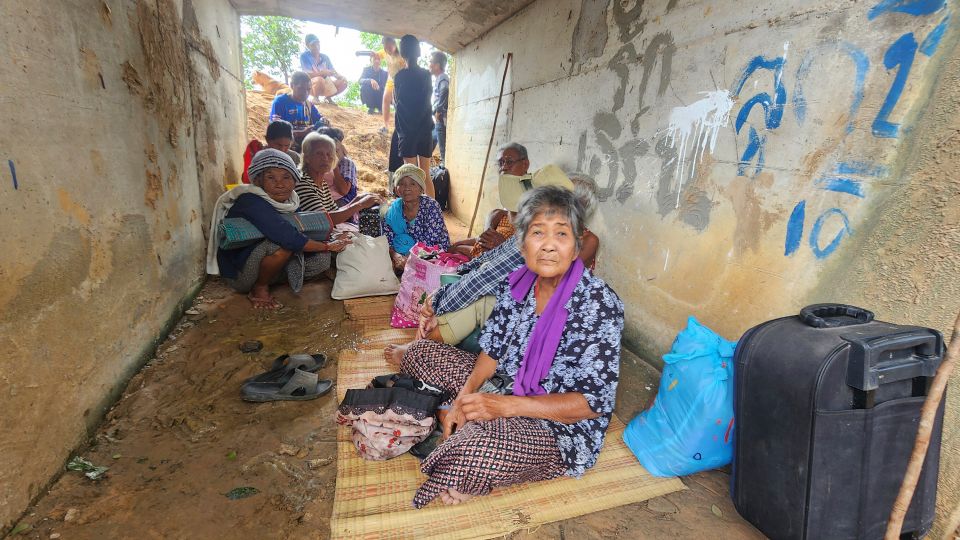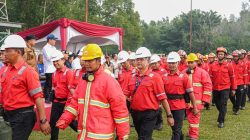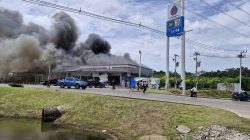Violent confrontations along the remote, contested border between Cambodia and Thailand resulted in at least 12 fatalities on Thursday, according to reports.dramatic escalationof strains that could lead to a larger confrontation.
Each side’s forces claim the other initiated shooting on Thursday morning. Cambodia reportedly launched rockets onto Thai territory, prompting Thailand to respond with mortar attacks. A Thai fighter jet subsequently dropped two bombs near a road leading to a temple located within Cambodian territory, according to Cambodia.
The violence occurred one day after a Thai soldier lost his leg in a landmine explosion, an event that severely damaged relations between Bangkok and Phnom Penh, bringing them to their lowest point in years. Since then, Thailand has shut down all border crossings with Cambodia.
Acting Prime Minister of Thailand, Phumtham Wechayachai, stated that Cambodia launched heavy weapons into Thai territory without specific targets, resulting in civilian casualties, and emphasized that Thailand will not engage in talks with Cambodia until the conflict along the border ceases.
The Cambodian Defense Ministry denounced what it described as “brutal, savage, and violent military attacks,” alleging that Thailand breached international law. The ministry stated that a Thai F-16 aircraft had dropped two bombs near a road close to the historic Preah Vihear temple, a UNESCO World Heritage site.
Cambodia retains the right to defend itself lawfully and will take strong action against Thailand’s violent aggression,” the statement noted, emphasizing that the military is “completely ready to protect the nation’s sovereignty and its citizens—no matter the price.
The second regional military command in northeastern Thailand stated on Facebook that F-16 fighter jets were sent to two locations. It also reported having “destroyed” two Cambodian regional military support units. Army spokesperson Colonel Richa Suksuwanont mentioned that the attacks were solely directed at military targets.
At least 12 individuals in three Thai provinces, comprising 11 civilians and one Thai soldier, lost their lives in Thursday’s violence, with an additional 31 people sustaining injuries, according to Thailand’s Ministry of Public Health. A young boy aged 8 was among the deceased, as reported by the Thai military earlier.
Cambodian officials did not promptly disclose any casualties from their side.
Six individuals died when a Cambodian rocket struck a crowded gas station near the border in Kantharalak, Sisaket province, according to the Thai military. Social media footage, pinpointed to Kantharalak, depicted multiple injured people outside a severely damaged 7-Eleven convenience store and gas station, with smoke rising in the background.
Thailand also alleged that Cambodian forces launched two BM-21 rockets into a civilian area in the Kap Choeng district of Surin province, located in northeastern Thailand. The Bangkok Ministry of Foreign Affairs stated that Cambodian attacks on civilian zones persisted throughout Thursday, including an incident at a hospital in Surin.
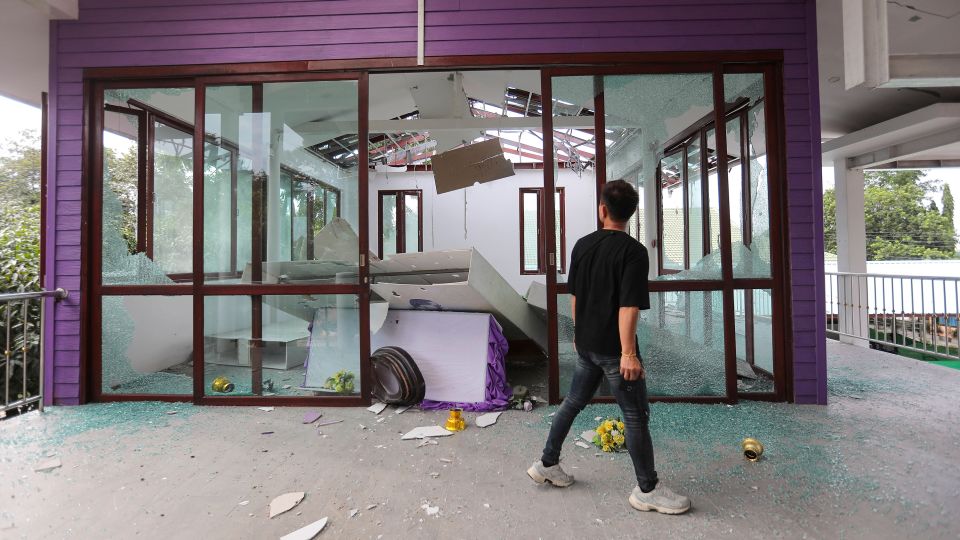
Residents of Surin were seen fleeing and seeking refuge in bunkers as the sound of gunfire echoed, according to a video from Thai PBS.
A motorcycle shop owner in Surin, Komsan Jaipeng, stated that when the conflicts began, he witnessed numerous school children fleeing in panic. Komsan was opening his shop when he first heard a loud explosion on Thursday morning.
“I informed my wife that we won’t be going home tonight; we’ll remain here at this shelter for at least one night. Our home is approximately 7 to 8 kilometers from the border,” he stated from Phanom Dong Rak district. Komsan mentioned that he has been preparing a bag of essentials for over a month, including extra clothing and phone chargers. “I hope this situation resolves soon. I’ve never been in this position before,” he added.
In the Cambodian province of Preah Vihear, across the contested border, Chhan Rorn Yon stated that his neighbors have taken shelter in a temple located in a nearby town, although he plans to stay in his village of Sa Em.
I am very worried that the bomb and the bullets will kill us,” said the 45-year-old farmer, who is located in Sa Em, 10 kilometers (6 miles) north of the conflict zone where the shooting began on Thursday morning. “I don’t want to go through this… I am deeply concerned. I am anxious for my people, my children, my family members, and especially for the soldiers who are fighting.
The Thai military stated its condemnation of “acts of violence against civilian targets by Cambodia and is ready to use military force to the maximum degree to defend its sovereignty and its citizens from these brutal actions.”
It blamed Cambodia for breaching its sovereignty and international law, asserting that it planted landmines inside Thai territory along the contested border.
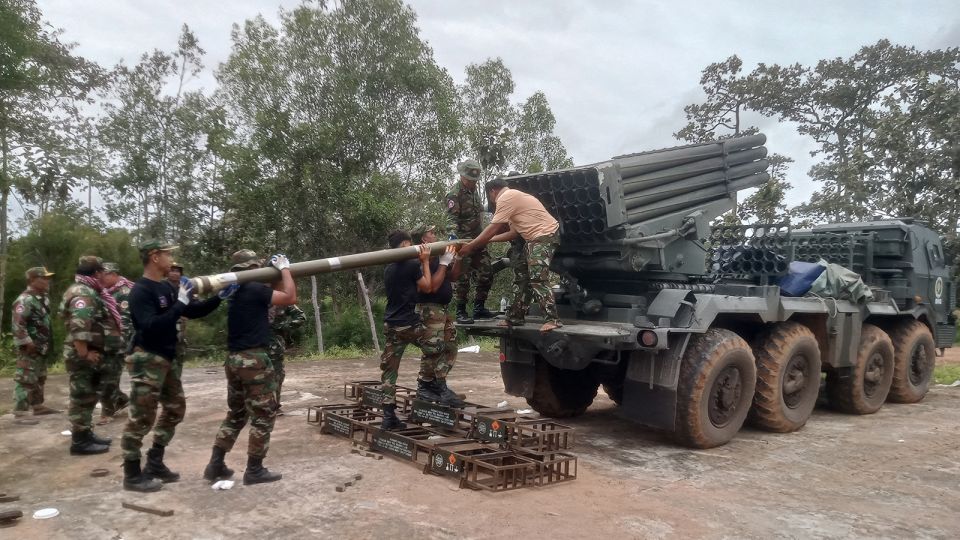
In the meantime, Cambodian Prime Minister Hun Manet urged the United Nations Security Council to hold an “emergency session” to “halt Thailand’s aggression.”
Over the past few decades, Thailand and Cambodia have experienced a complex relationship marked by both collaboration and competition. The two nations share an 800-kilometer (500-mile) land border, primarily established by the French during their colonial rule over Cambodia, which has at times led to military conflicts and remained a point of contention.
In 2011, military forces from Thailand and Cambodia engaged in conflict near the 11th-century Preah Vihear temple,displacing thousands of peopleon either side and resulting in the death of at least 20 individuals.
How the most recent surge started
A new escalation occurred following the injury of five Thai soldiers in a landmine explosion on Wednesday, leading Thailand to reduce its diplomatic ties with Cambodia.
On early Thursday morning, Thailand’s military reported that Cambodian forces opened fire on a Thai army post located near the historic Ta Muen Thom Temple, also known as Ta Moan Thom Temple. This site is situated approximately 250 miles (400 kilometers) northeast of Bangkok, in a contested region within the southern part of Thailand’s Surin province and the northwest of Cambodia.
Thailand claimed that Cambodia had deployed a drone near the temple, followed by the movement of armed troops. Fighting then occurred across the entire border area, at least six different spots, with both small and heavy weapons being utilized, as reported by Thailand’s military. This resulted in civilian injuries, destroyed homes and animals, and caused the relocation of people living nearby.
Cambodia has refuted that report. A representative from the Cambodian Defense Ministry stated that their forces acted in self-defense following an unexpected attack by Thai soldiers.
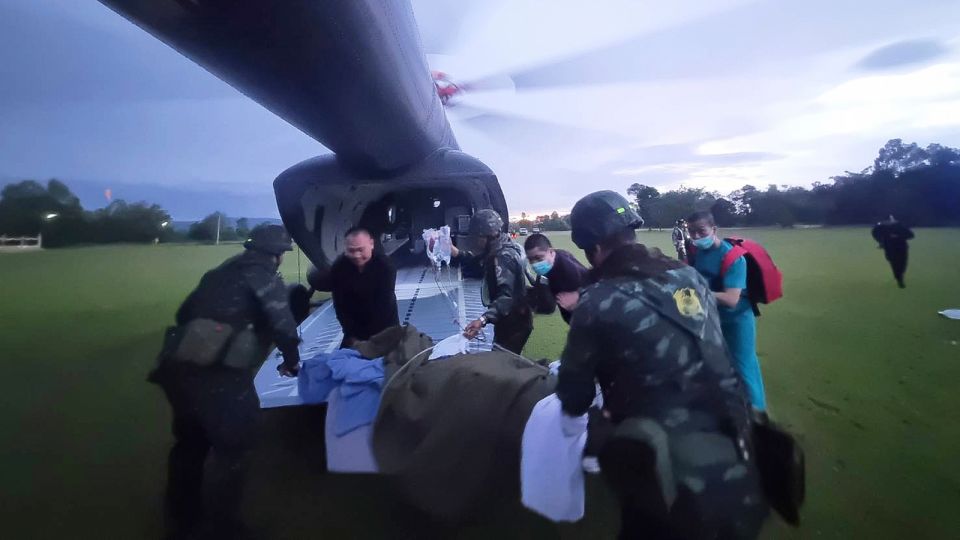
The relationship between the two neighboring countries had already deteriorated in May, when a Cambodian soldier was killed during a confrontation between Thai and Cambodian forces. In this incident, both sides fired shots in another disputed border region known as the Emerald Triangle, where Cambodia, Thailand, and Laos converge.
The conflict has led to significant political repercussions in Thailand and fueled nationalistic sentiments in both nations.
Thailand’s Prime Minister Paetongtarn Shinawatra issuspended from dutiesearlier this month and may be fired following the release of aphoneshe had with Hun Sen, during which she seemed to condemn her own army’s conduct in the conflict.
The continuous conflict is expected to “get worse before it gets better,” and the coming days may bring additional “confrontation, clashes, and escalation,” said Thitinan Pongsudhirak, a political science professor at Chulalongkorn University in Bangkok. “Both sides have a lot of built-up tension.”
The narrative has been revised to include new events.
Lex Harvey, Len Leng, and Patrick Sarnsamak provided additional reporting.

